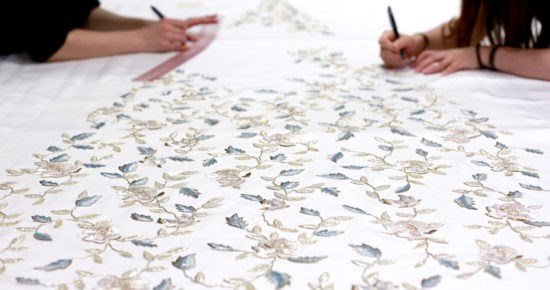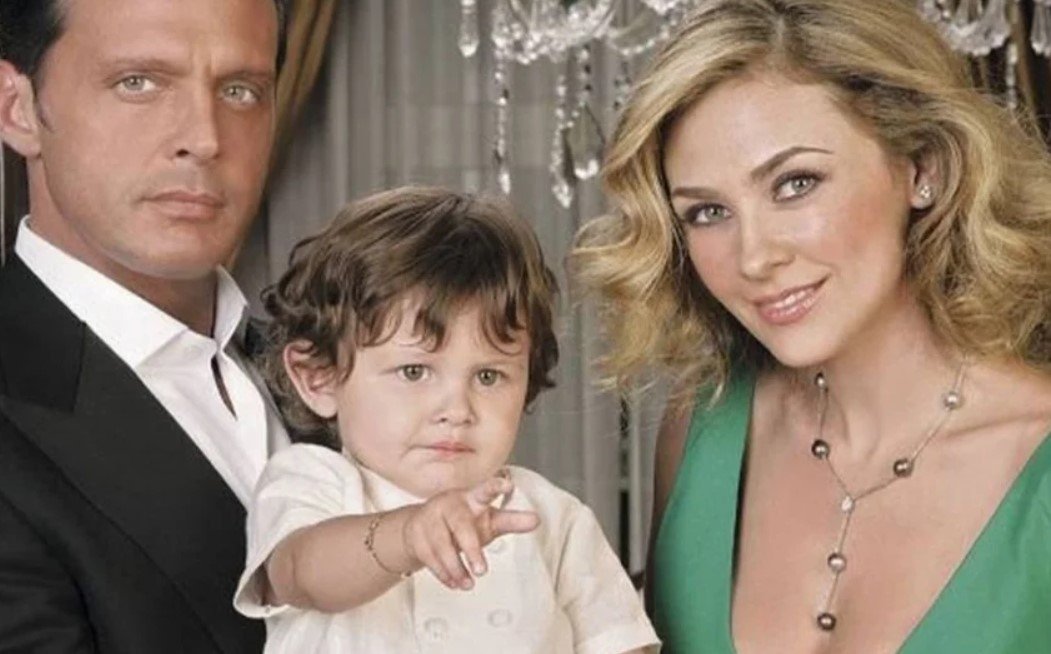Embroidery is part of ancient art. It is the needle artwork that has been used worldwide and is used to embellish fabrics, textiles, home decor, and much more.
It gives an aesthetic look to the design and fabric by adding color, texture, dimension, and richness. It might be used as a source to reveal the wearer’s wealth, ethnic identity, social status, or system of belief.
When it comes to execution, embroidery is executed in threads of cotton, linen, silk, wool. It may also incorporate other materials such as feathers, beads, quills, metal, and shells. The method of embroidery might differ across regions, locations, and cultures.
A Brief Historical Overview
There is no solid proof of the origins of embroidery as the origins of this ancient art form mentioned in Greek mythology, and the Bible are lost. Some research says that it probably originated from China, and claim that the origins are estimated to be 4500 years old. In South America, the findings of embroidery from the fifth century have been recovered from tombs.
For centuries, the European court dress was heavily embroidered and was seen as a sign of higher status. The famous blackwork embroidery originated in Egypt in the thirteenth and fourteenth centuries. The blackwork embroidery is done on monochrome on white or natural linen. Traditionally, done in black, it was also done in other colors such as blue, green, and red enriched with silver and gold threads.
Scrolling and geometric patterns are made either with a backstitch, double-running stitch, or a reversible stitch used in the edgings of cuffs and collars that can be seen on both sides.
As has been the case for ages and cultures, the embroidery was practiced and executed in the form of different settings and levels depending on the trend and situation. Both genders were involved in this art and worked in professional workshops. Women used to embroider at home for domestic and recreational purposes.
Producing embroidery artwork at home has been a part of economic sustenance for women in many regions. Many countries also have a tradition of whitework embroidery. It is executed with a white thread on a white ground. However, this artwork is labor-intensive and delicate in appearance.
This intricate whitework embroidery was characterized by florals motifs that are made with a fine cotton thread on a cotton ground with the help of a stem stitch, satin stitch, and needlepoint in filling.
It was also used for decoring babies’ garments, christening gowns, undergarments, and women’s dress. Different organizations and commercial highly organized the production
firms and help in improving the living standards in rural areas.
Embroidery and Sewing
Due to its aesthetic potential and the ability to connote status, hand embroidery was part of the battery of Haute couture’s specialized techniques from the very beginning. The lavishness, specialized nature of the art, and the costliness of the materials has made it the center of attention at that time. Hiring talented designers and illustrators become an integral part of the couture industry in the embroidery houses. The most famous among them was the House of Lesage.
Designer of the Empress Eugenie’s court clothing, Charles Frederick Worth was a master in the incorporation of embroidery as a signifying status.
A design won at the 1855 Exposition Universelle was of bead-embroidered moire. Jeanne Lanvin was one of the first designers who exploit the use of machine embroidery that incorporated parallel line machine stitching as a decorative motif.
Designers like Zandra Rhodes and Mary McFadden adopted embroidery having a particular interest in textile manipulation for artistic effect. When combined with other techniques such as batik, quilting, stenciling, or hand painting, embroidery display textile as a rich surface, rather like a canvas.
On the other hand, designers use embroidery to float over the fabric’s surface. Dior was the expert this illusionary approach to embroidery ignoring construction and seamlines, creating its own field of vision.
Then we have Ethnic designs having long infused couture, from Lanvin’s designs from the 1920s to Yves Saint Laurent’s peasant skirts and blouses.
While other influencing designers have long-established associations between feminity and embroidery, the amazing work of Chloe and Nina Ricci is often considered as delicate embroidery.
The embroidery of the eighteenth and nineteenth-century garments reached an apogee of technical perfection. The subjects were precisely rendered in chain stitch, satin stitch, and Chinese – a form of backstitch combined with another thread.
The areas were delicately in-filled with tiny knots. The liberal use of couched metal thread conveyed wealth and status.
Conclusion
This is a brief history of embroidery. The relation between embroidery and fashion has been for many years. Machine embroidery is generally used in the commercial field, while embroidery is usually used for in-house purposes. If you want to know more about embroidery digitizing services or in particular embroidery, feel free to reach out to us at our website Migdigitizing. We will be happy to assist you.





